Sorry for the long post but for those of you that do not want cloud dependent control over your garage door opener (and have just miniscule soldering skills) may hopefully find this helpful.
I have a MyQ compatible LiftMaster Security+ 2.0 garage door opener which I wanted to control through Hubitat so that I could open the garage door via a NFC tag in our cars. The purpose of converting to NFC tag control was to 1) prevent theft of the remote control from the car and 2) prevent accidental opening (accidental pushing of remote control button in my wife’s purse or by stuff in the center console. Since the phone (not the NFC tag) could host the http end point, I figured this would also increase security as reading the NFC tag would do nothing without an authorized (programmed) phone. This also prevents “scanning” of the remote control radio signal (which admittedly may not be as much of a problem with modern channel hoping). Anyways, in order to enable this, I had to figure out a way for Hubitat to control the garage door opener, which brings me to the point of this thread.
Due to potential MyQ API changes and of course its cloud dependency, I did not want to use (and purchase) the MyQ module for my garage door opener. I had originally planned on using a Hubitat controllable relay to just short out the garage door switch contacts (I ended up using a Shelly 1 relay/switch that I Tasmotized since I have very strong wifi in the area of the garage, but not so great Zigbee, although a Zigbee or Zwave relay could have been utilized). Unfortunately, unlike “dumb” or older garage door openers, on newer “smart control” compatible garage door units, the two wires going from the wall mount momentary door switch to the garage opener (which also provides 12vdc to the wall switch) cannot just be shorted out to open or close the unit. The door switch actually has to send out a digital signal (over the same two wires) to control the main unit upon pressing the door switch button.
In order to get around this, I took apart my door switch and identified the contacts on the normally open microswitch that triggers the digital signal from the door switch (my door switch is a Model 883LMW). While this can also be done on a remote controller, the cost of an extra door switch on Amazon was 10.99 USD vs over $30 for a remote control (in addition, as previously stated, the remote control radio signal can theorectically be “scanned”, whereas a wired switch cannot). The following photos of my project show what was done:
I wired my device in parallel with the mounted door switch in my garage (although I was once told this could not be done, I have encountered no problems having two switches wired in parallel) and they both work independently to control the opening/closing of the garage door.
I probably overdid it with the LED indicators and the Test Button (all of these are optional) but I like them for diagnosing potential problems such as whether or not the Shelly is powered, or whether the 833LMW board is properly connected and functional. This device can be made MUCH more simply by leaving out these optional features (just use to Shelly or other device to short out the two pins on the microswitch upon activation). This little device, which is extremely easy for a hobbyist to make, can free you from cloud dependency and allows you to control your garage door by a variety of methods: 1) securely tagging an NFC tag in your car, 2) your garage door switch, or 3) a Hubitat dashboard, and 4) you can still use a conventional remote control FOB if you wish.
On a side note, I have set up via a Hubitat rule to automatically disarm my security system whenever I open the garage door through this system. This way, when I drive into my garage, I do not have to rush to get to a security keypad to disarm the system before the time out occurs. Also, this prevents me from having to disarm the security system with yet another key FOB (I can also control this through my phone).
In addition, if anyone does happen to invade our home, the wall-mounted garage door switch (that is in the garage that we usually use to open the garage when we are at home) is set up with a relay that inactivates it whenever the security system is armed. That way, no one can disarm the security system by just opening the garage door. Also, this prevents us from accidentally triggering the alarm system by opening the garage door when the house is armed in Stay or At Home Mode.
Anyway, hope someone finds this very inexpensive way to free themselves from the tyranny of the cloud useful. Again, sorry for the long post and multiple photos.
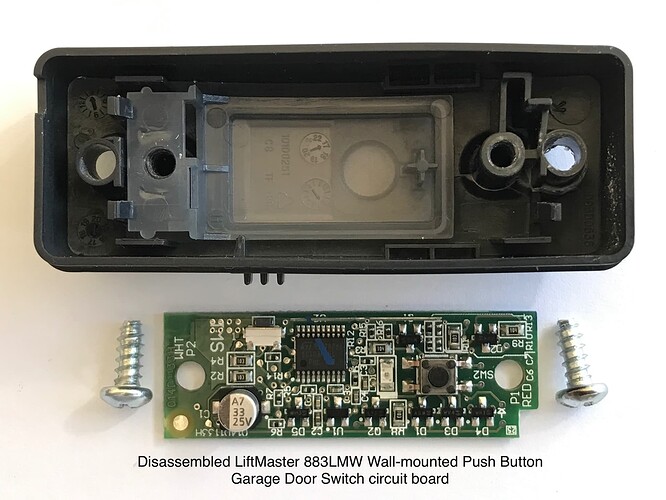
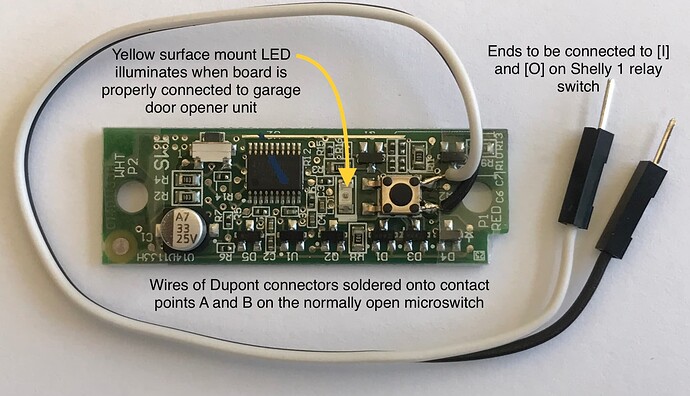
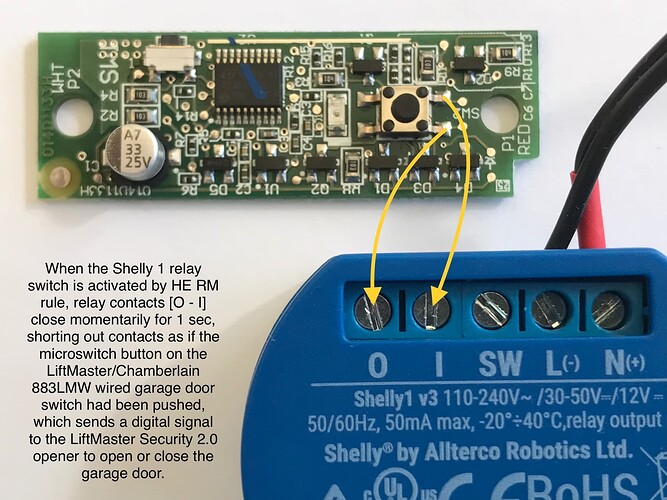
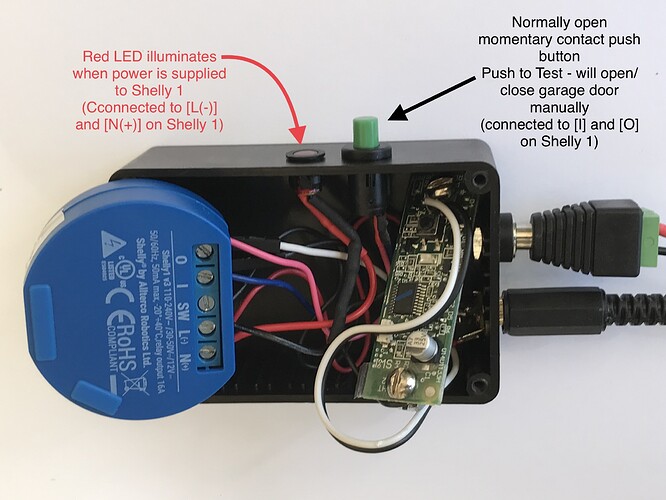
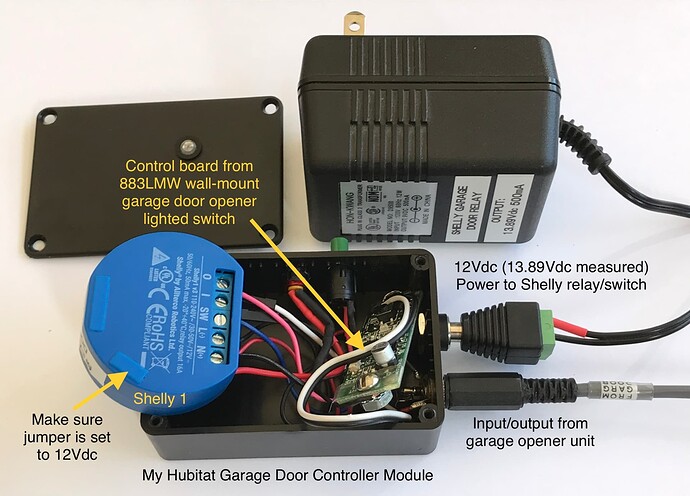
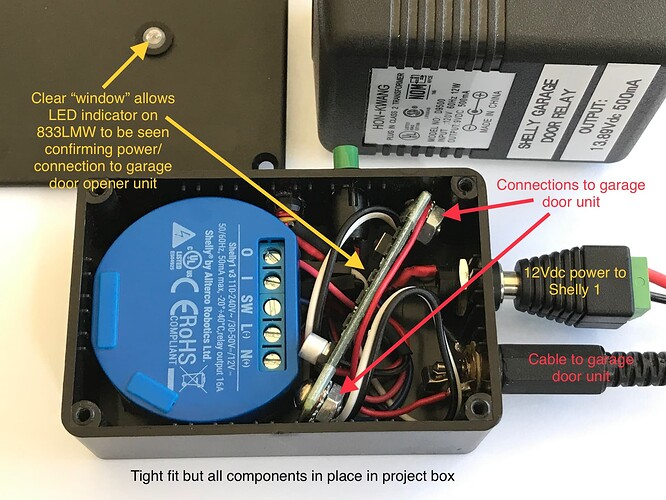
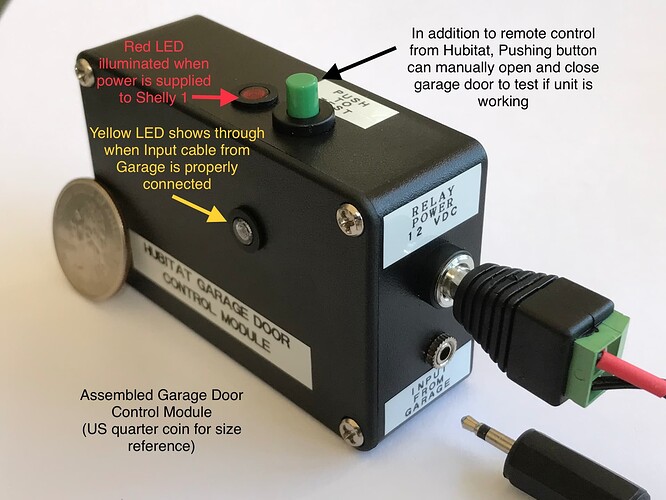
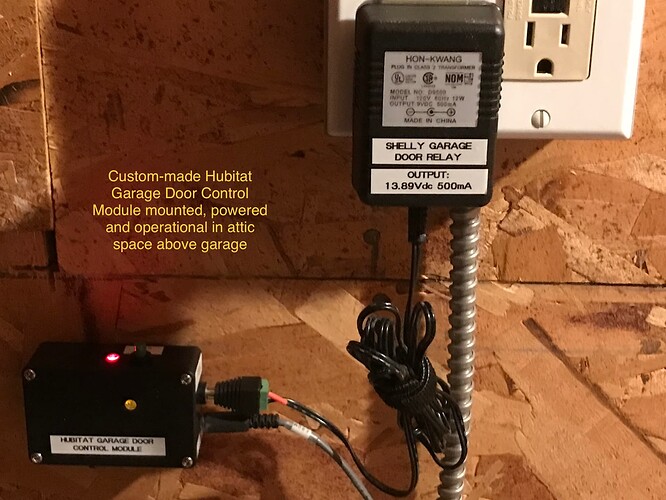
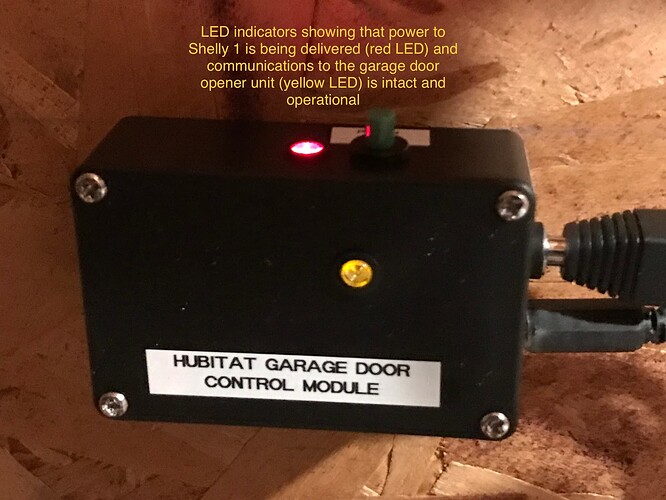
 Custom Apps and Drivers / Custom Drivers - Hubitat
Custom Apps and Drivers / Custom Drivers - Hubitat

